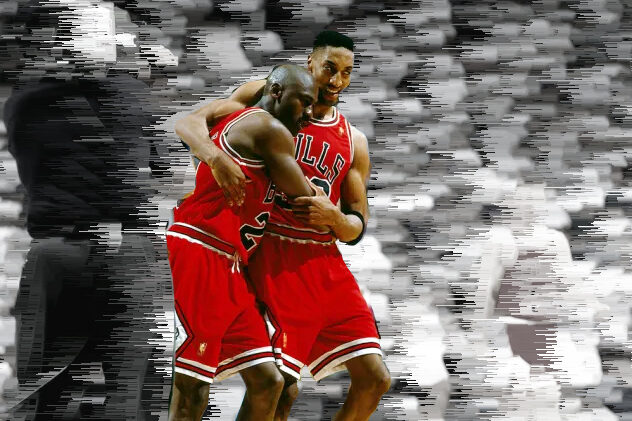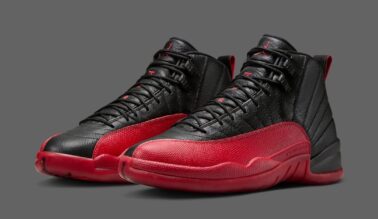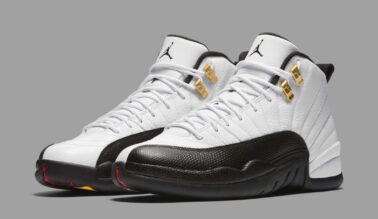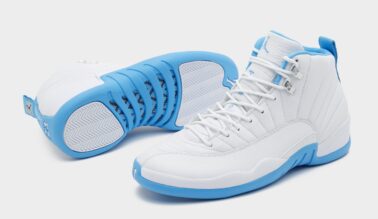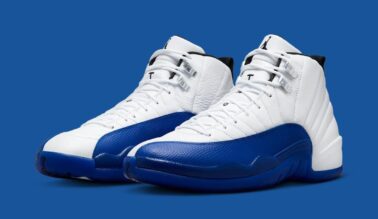This post may contain affiliate links. Please read our disclosure policy.
Few moments in sports history are as iconic as Michael Jordan’s “Flu Game.” The 1997 NBA Finals showdown between the Chicago Bulls and the Utah Jazz was already intense, but Game 5 on June 11 elevated Jordan’s legend to mythical proportions. Battling illness, Jordan delivered one of the most remarkable performances in NBA history, leading his team to victory and reinforcing his status as the ultimate competitor. Over the years, various theories have surfaced about the nature of his sickness, but one thing remains undeniable—the game’s impact extended beyond basketball, even influencing sneaker culture with the Air Jordan 12 “Flu Game.”
Setting the Stage: The 1997 NBA Finals
The Chicago Bulls entered the 1997 NBA Finals as the reigning champions, having won the title in 1996 after a record-breaking 72-win season. Their opponents, the Utah Jazz, were a formidable team led by Karl Malone and John Stockton. The series was tied 2-2 heading into Game 5 in Salt Lake City, making it a pivotal contest that would likely determine the champion.
The night before the game, reports emerged that Michael Jordan had fallen ill. When he took the court, his exhaustion was evident—he looked pale, sluggish, and at times, barely able to stand. Yet, despite his apparent weakness, Jordan willed himself to a legendary performance, scoring 38 points, including a crucial three-pointer in the final minute, to propel the Bulls to a 90-88 victory. He collapsed into Scottie Pippen’s arms as the game ended, a moment forever etched in NBA lore.
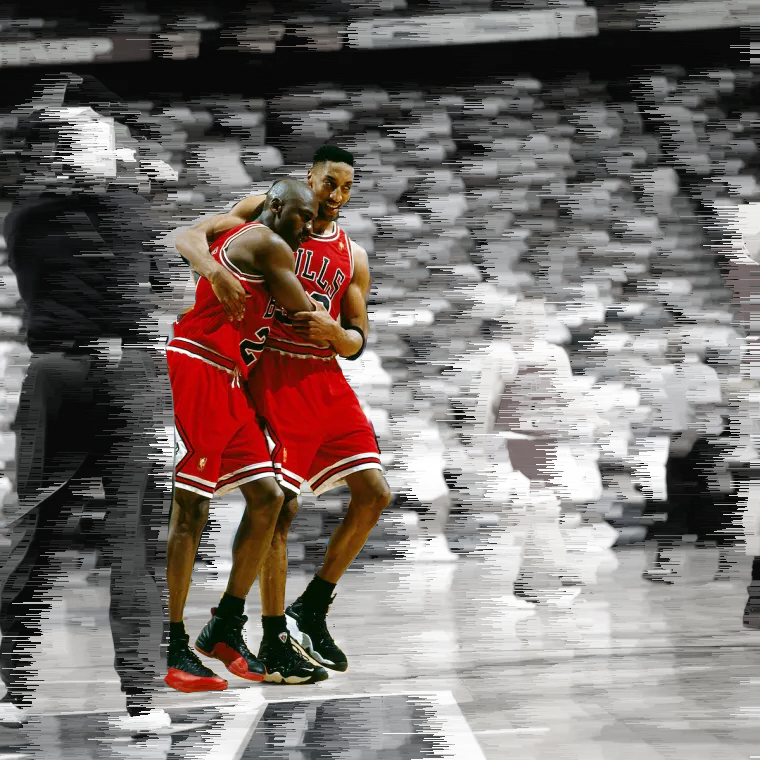
Theories Behind Jordan’s Illness
For years, the widely accepted narrative was that Jordan had the flu, hence the moniker “Flu Game.” However, multiple alternative theories have surfaced over time, each adding an intriguing twist to the story.
1. Food Poisoning Theory
In 2013, Jordan’s longtime trainer, Tim Grover, revealed an alternate explanation. According to Grover, Jordan’s sickness resulted from food poisoning after eating a late-night pizza in his hotel room the night before Game 5. Grover claimed that Jordan was the only one who ate the pizza and that it had been delivered by five suspicious-looking individuals, leading to speculation that the food had been deliberately tampered with. This version of events gained traction, with many believing that Jordan was a victim of a Utah-based sabotage attempt. The theory has been tested and retested by many through the years without a clear answer.
2. Altitude Sickness Theory
Some have speculated that Jordan’s symptoms could have been due to altitude sickness. Salt Lake City sits at over 4,200 feet above sea level, and while professional athletes are accustomed to playing in different conditions, the combination of dehydration, exhaustion, and elevation could have played a role in his condition. However, Jordan had played in Utah before without issue, making this theory less convincing.
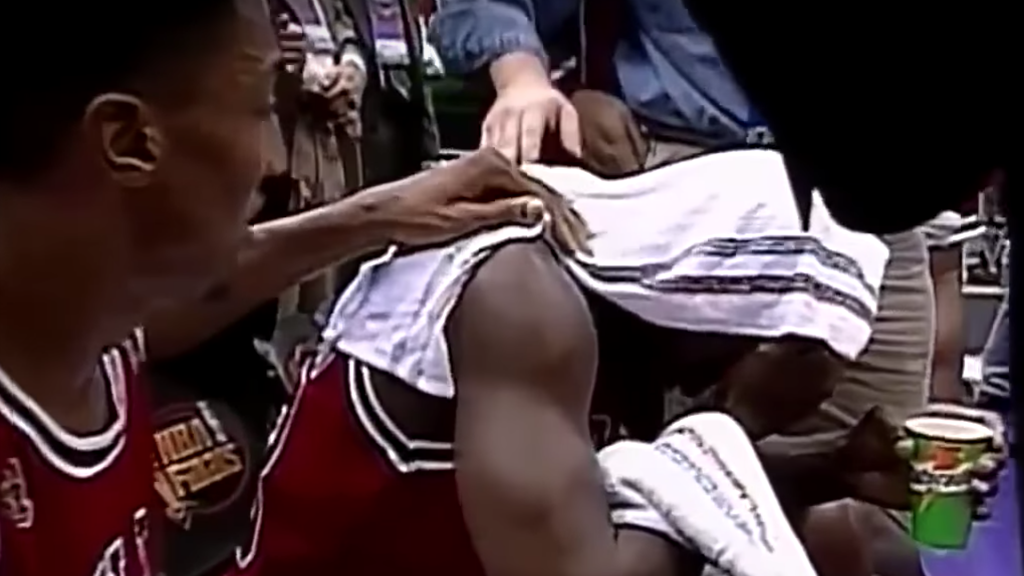
3. Hangover Theory
A more controversial theory suggests that Jordan may have been suffering from an overnight trip to Las Vegas hangover. Some skeptics believe he had gone out drinking the night before and paid the price on game day. However, given Jordan’s legendary competitiveness and meticulous preparation, it seems unlikely that he would have jeopardized an NBA Finals game with excessive partying.

4. Stomach Virus Theory
Another plausible theory is that Jordan simply had a bad case of stomach flu or a viral infection unrelated to food poisoning. Given the high-pressure environment of the Finals, his body may have been more susceptible to illness. This theory aligns with the original “Flu Game” narrative, but it lacks definitive evidence.
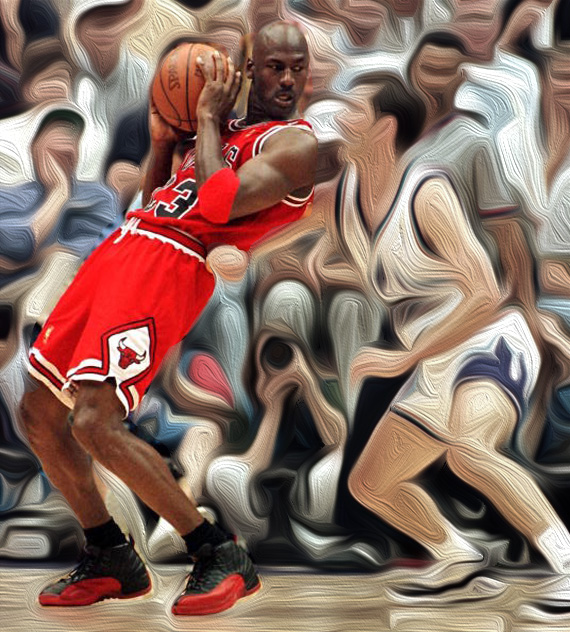
The Performance: A Testament to Jordan’s Greatness
Regardless of the cause of his illness, what mattered most was how Jordan responded. Despite visible signs of fatigue and discomfort, he played 44 minutes, shot 13-for-27 from the field, and sank 10 free throws. His ability to summon energy in the game’s closing moments—hitting a clutch three-pointer with under a minute left—cemented his status as the ultimate competitor. The Bulls took a 3-2 series lead and went on to win Game 6 in Chicago, securing their fifth NBA championship.
After the game, Scottie Pippen helped Jordan off the court, an image that became one of the most memorable in NBA history. His resilience, mental fortitude, and sheer willpower inspired generations of athletes and fans alike.
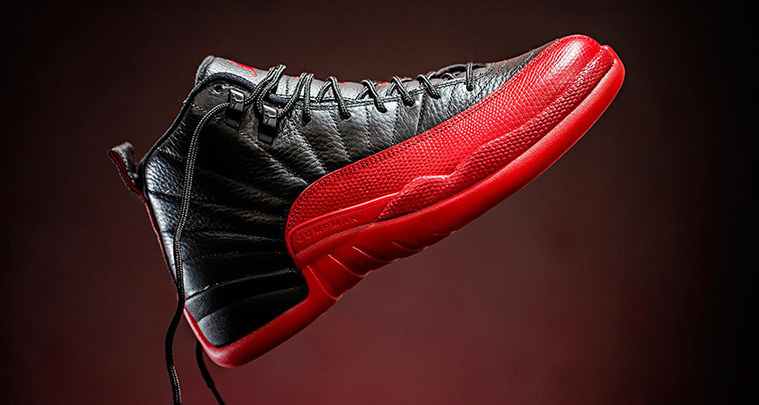
The Sneaker: Air Jordan 12 “Flu Game”
Jordan’s performance in Game 5 not only added to his legacy but also immortalized the sneakers he wore that night—the Air Jordan 12 “Flu Game.”
Design and Features
The Air Jordan 12, designed by Tinker Hatfield, debuted in 1996 and was inspired by elements of Japanese design, particularly the Rising Sun flag. It featured a sleek leather upper, a full-length Air unit, and a carbon fiber shank plate for enhanced support. The sneaker’s luxurious aesthetic, combined with its performance-driven features, made it an instant classic.
The “Flu Game” Colorway
The specific pair Jordan wore during the legendary game featured a black and red colorway—black tumbled leather on the upper with varsity red accents on the mudguard and outsole. Though officially called the Black/Varsity Red Jordan 12, it became universally known as the “Flu Game” Air Jordan 12 due to its association with Jordan’s heroic performance.
Retro Releases and Cultural Impact
Due to its legendary status, the Air Jordan 12 “Flu Game” has been retroed multiple times:
- 2003 Retro – The first retro version of the AJ12 Flu Game closely resembled the original 1997 release.
- 2009 Retro – This version featured suede instead of leather and included embossed details referencing Jordan’s stats from Game 5. While the design was a tribute, purists criticized the material change.
- 2016 Retro – Nike returned to the OG leather construction, satisfying Jordan fans who wanted a true-to-original version of the Flu Game 12.
Beyond sneaker culture, the “Flu Game” Air Jordan 12 remains a symbol of resilience, inspiring countless athletes and fans. The shoe’s legacy transcends basketball, representing perseverance in the face of adversity.
The Enduring Legacy of the Flu Game
Michael Jordan’s performance in Game 5 of the 1997 NBA Finals remains one of the most awe-inspiring moments in sports history. Whether he had the flu, food poisoning, or another ailment, his ability to dominate under such conditions is a testament to his greatness. The game’s legacy continues to thrive, not only in NBA folklore but also in sneaker culture, with the Air Jordan 12 “Flu Game” serving as a tangible reminder of Jordan’s legendary will to win.
More than two decades later, the Flu Game is still discussed with reverence, proving that some moments in sports transcend time. And with every new generation of basketball fans and sneaker enthusiasts, the legend of that fateful night in Utah only grows stronger.
The Flu Game Jordan 12 releases March 1, 2025. Stay up to date on all 2025 retro Jordan releases dates at Nice Kicks.
